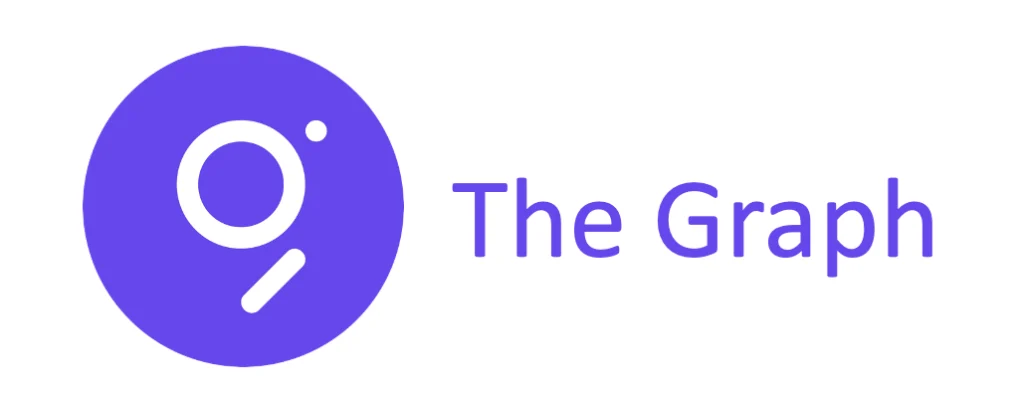
When you build on Ethereum or any blockchain, you quickly run into a problem: the data is there, but it’s buried in endless blocks and logs. Imagine trying to track every Uniswap trade by scanning the entire chain yourself. Painful, right?
This is exactly why The Graph Protocol exists. It’s a decentralized way to index and query blockchain data, making it as simple as writing a GraphQL query.
How It Works
At the heart of The Graph are subgraphs. A subgraph is basically a recipe that tells the system which smart contracts to watch, what events to capture, and how to organize the results. Developers define this in a manifest, a schema, and some mapping functions (written in AssemblyScript).
Once deployed, Graph Nodes take care of the heavy lifting: they listen to blockchain events, transform them into structured data, and make everything queryable. You don’t have to run your own backend or scan logs manually.
Here’s a simple example: if you want the latest five swaps on Uniswap, you can just ask:
{
swaps(first: 5, orderBy: timestamp, orderDirection: desc) {
pair {
token0 { symbol }
token1 { symbol }
}
amount0In
amount1Out
timestamp
}
}
Instead of weeks of backend work, you get clean, ready-to-use data instantly.
The Network
The Graph isn’t just software—it’s a decentralized network.
Indexers run Graph Nodes and serve queries.
Curators highlight which subgraphs are useful.
Delegators support indexers without running infrastructure.
Consumers (like dApps) pay small fees in GRT, the native token, to access the data.
This creates an open marketplace where useful data gets indexed, and everyone who helps is rewarded.
Why It Matters
Today, The Graph powers apps across DeFi, NFTs, and the metaverse—Uniswap, Aave, Decentraland, Zapper, and many more. It’s becoming the data backbone of Web3, just like Google is for the web.
Blockchains are noisy and raw. The Graph turns that chaos into something developers can actually use. And as more chains get supported, it’s on track to be the universal data layer of Web3.
If you’re curious to try, check out the Quick Start guide and build your first subgraph. Once you do, you’ll never want to fetch blockchain data the old way again.
